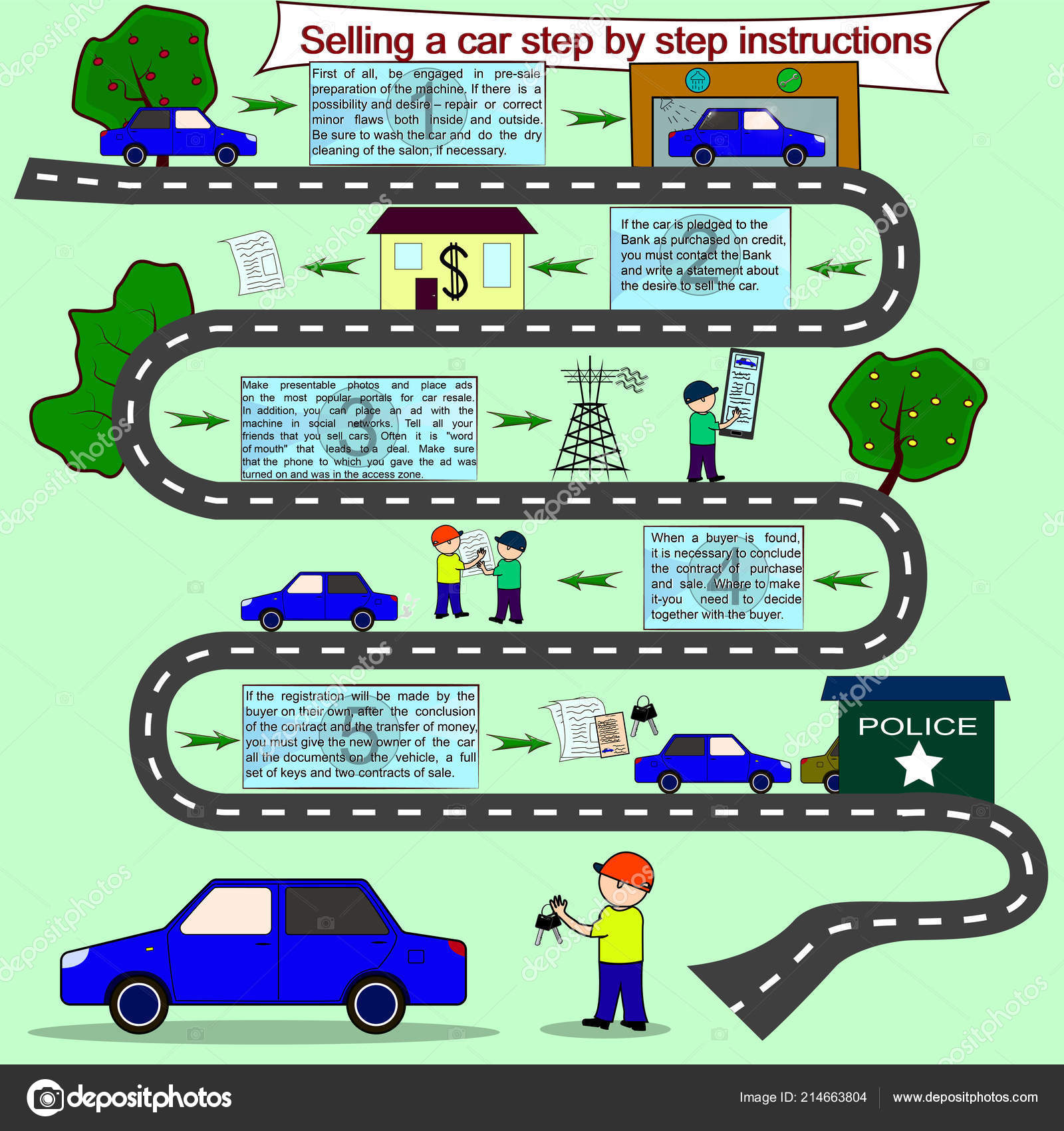Intrigued In Recognizing The Caution Lights On Your Automobile'S Control Panel? Discover Their Relevance For Your Vehicle'S Safety And Total Condition
Intrigued In Recognizing The Caution Lights On Your Automobile'S Control Panel? Discover Their Relevance For Your Vehicle'S Safety And Total Condition
Blog Article
Related Web Page Create By-Hartley Winters
When you're behind the wheel, those beautiful caution lights on your control panel can be a little bit puzzling. Do you recognize what they're trying to tell you about your car's health? Recognizing the relevance of these lights is vital for your safety and security and the long life of your lorry. So, the following time one of those lights appears, wouldn't you wish to understand its message properly and take the necessary steps to address it?
Common Warning Lights and Interpretations
Identify typical caution lights in your vehicle and comprehend their significances to guarantee risk-free driving.
The most typical caution lights include the check engine light, which signals problems with the engine or emissions system. If this light comes on, it's crucial to have your automobile inspected quickly.
The oil stress warning light suggests reduced oil stress, requiring instant interest to stop engine damage.
A blinking battery light could suggest a damaged charging system, potentially leaving you stranded if not resolved.
The tire pressure surveillance system (TPMS) light signals you to reduced tire pressure, influencing lorry security and gas effectiveness. Disregarding this can result in unsafe driving conditions.
The ABS light shows a problem with the anti-lock stopping system, jeopardizing your capacity to stop rapidly in emergency situations.
Finally, the coolant temperature cautioning light warns of engine overheating, which can lead to severe damage otherwise solved promptly.
Recognizing these typical caution lights will help you attend to concerns quickly and preserve risk-free driving conditions.
Value of Prompt Focus
Comprehending the common caution lights in your automobile is only the first step; the importance of immediately dealing with these cautions can't be emphasized sufficient to guarantee your safety when driving.
When a warning light illuminates on your control panel, it's your cars and truck's method of interacting a possible concern that needs interest. Neglecting https://finnlfatn.blazingblog.com/32192607/incredibly-hassle-free-mobile-cars-and-truck-detailing-services-not-just-conserve-you-money-and-time-yet-also-boost-your-lorry-s-durability-find-exactly-how-they-can-transform-your-regular can result in a lot more serious problems in the future, compromising your safety and potentially costing you a lot more out of commission.
Prompt interest to alerting lights can protect against break downs and crashes. For instance, a blinking check engine light could show a misfire that, if left neglected, could trigger damage to the catalytic converter. Resolving https://brakerepairnearme50505.blogunok.com/32354675/just-how-can-mobile-cars-and-truck-detailing-transform-your-automobile-treatment-experience-while-ensuring-top-quality-discover-the-crucial-factors-to-consider-before-picking-a-detailer can save you from an expensive repair.
In a similar way, a brake system cautioning light might signify low brake liquid or worn brake pads, important parts for your safety and security when driving.
DIY Troubleshooting Tips
If you discover a caution light on your control panel, there are a couple of do it yourself fixing pointers you can try before looking for professional aid.
The primary step is to consult your auto's manual to recognize what the specific caution light shows. Often the concern can be as basic as a loose gas cap setting off the check engine light. Tightening up the gas cap might fix the issue.
Another typical problem is a reduced battery, which can trigger various alerting lights. Examining the battery links for deterioration and ensuring they're safe could deal with the issue.
If a caution light persists, you can try resetting it by disconnecting the car's battery for a couple of minutes and then reconnecting it. Additionally, examining your automobile's liquid levels, such as oil, coolant, and brake liquid, can help troubleshoot advising lights connected to these systems.
Conclusion
Finally, comprehending your automobile's caution lights is essential for maintaining your car running efficiently and safely. By immediately resolving these informs and understanding what they imply, you can prevent pricey repair work and prospective failures.
Keep in mind to consult your vehicle's manual for specific information on each advising light and act as necessary to ensure a trouble-free driving experience.
Stay notified, remain safe when traveling!
